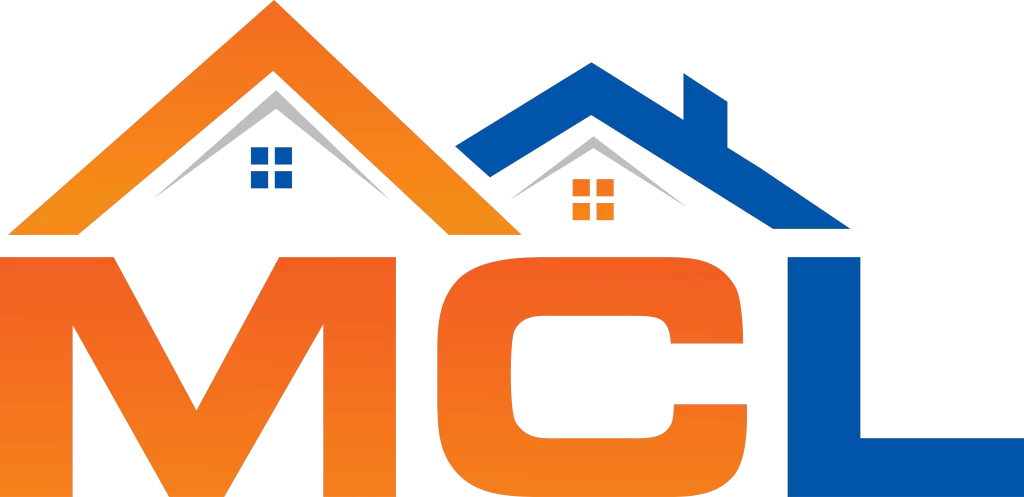5 Common Causes of Drainage Pipes Clogs
- Accumulation of debris: One of the most common causes of clogs in drainage pipes is the accumulation of debris such as hair, soap residue, food particles, and grease. These materials can build up over time, restricting the flow of water and eventually causing a blockage.
- Tree roots: Another common cause of drainage pipe clogs is tree roots. Over time, tree roots can grow into underground pipes, causing damage and blockages that can be difficult to remove.
- Flushing inappropriate items: Flushing inappropriate items down the toilet or pouring them down the sink can also cause clogs in drainage pipes. Items such as diapers, sanitary napkins, paper towels, and cooking oils should never be flushed or poured down the drain.
- Corrosion: Older pipes can corrode over time, leading to a buildup of rust and other materials that can cause blockages in the pipes.
- Incorrect pipe installation: Finally, poorly installed drainage pipes can also lead to clogs. For example, pipes that are not sloped correctly or that have too many bends can cause water to pool and lead to clogs over time.
Bathroom Clear Choke Repair
If you have a clogged bathroom drain, here are some steps you can take to clear the choke:
- Use a plunger: Plungers are one of the easiest tools to use for unclogging a drain. Fill the sink or bathtub with enough water to cover the plunger, and then place the plunger over the drain and push down firmly and rapidly.
- Try a drain snake: If the plunger doesn’t work, you can try using a drain snake. Insert the snake into the drain and twist it to catch any hair or debris that may be causing the clog.
- Use a drain cleaner: There are a variety of chemical drain cleaners available on the market that can help dissolve clogs. Be sure to follow the instructions carefully and use the cleaner in a well-ventilated area.
- Remove the drain cover and clean it: If the clog is near the surface, you can try removing the drain cover and cleaning out any debris that may be causing the blockage.
- Call a professional plumber: If you are unable to clear the clog yourself, it’s best to call a professional plumber. They have the experience and tools needed to diagnose and fix the problem quickly and efficiently.
Toilet Bowl Clear Choke Service
If you have a clogged toilet bowl, here are some steps you can take:
- Use a plunger: A plunger can be an effective tool for unclogging a toilet bowl. Place the plunger over the drain hole and pump it up and down vigorously. Repeat this several times until the blockage is cleared.
- Try a toilet auger: If the plunger doesn’t work, you can try using a toilet auger, also known as a closet auger. This tool has a long, flexible cable that can be fed into the toilet bowl to clear blockages.
- Use a chemical drain cleaner: There are chemical drain cleaners available that can dissolve clogs in toilet bowls. However, be sure to read and follow the instructions carefully and use the cleaner in a well-ventilated area.
- Call a professional plumber: If none of the above methods work, it’s best to call a professional plumber. They have the experience and tools needed to diagnose and fix the problem quickly and efficiently. Additionally, attempting to fix the clog yourself with tools like wire hangers or other objects can cause damage to the toilet bowl or pipes, so it’s always better to call a professional in such situations.
Repair Shower Service
If you have issues with your shower and need to get it repaired, here are some steps you can take:
- Identify the problem: Before calling a professional, try to identify what the problem is with your shower. Common issues include low water pressure, a leaking showerhead, a clogged drain, or a faulty valve.
- Check the showerhead: If the issue is a low water pressure or a leaking showerhead, check to see if there is any debris or mineral buildup inside the showerhead. Clean it out or replace the showerhead if necessary.
- Check the valves: If the water temperature is inconsistent, or there’s a leak around the faucet, check the shower valve. Depending on the issue, it may need to be repaired or replaced.
- Check the pipes: If there is a clog or a leak in the pipes, you may need to call a professional plumber to fix the issue.
- Call a professional: If you’re unsure about the problem or the issue requires professional attention, call a licensed plumber to diagnose and fix the problem.
Remember, it’s important to address shower issues as soon as possible to prevent further damage to your plumbing and water damage to your property.
